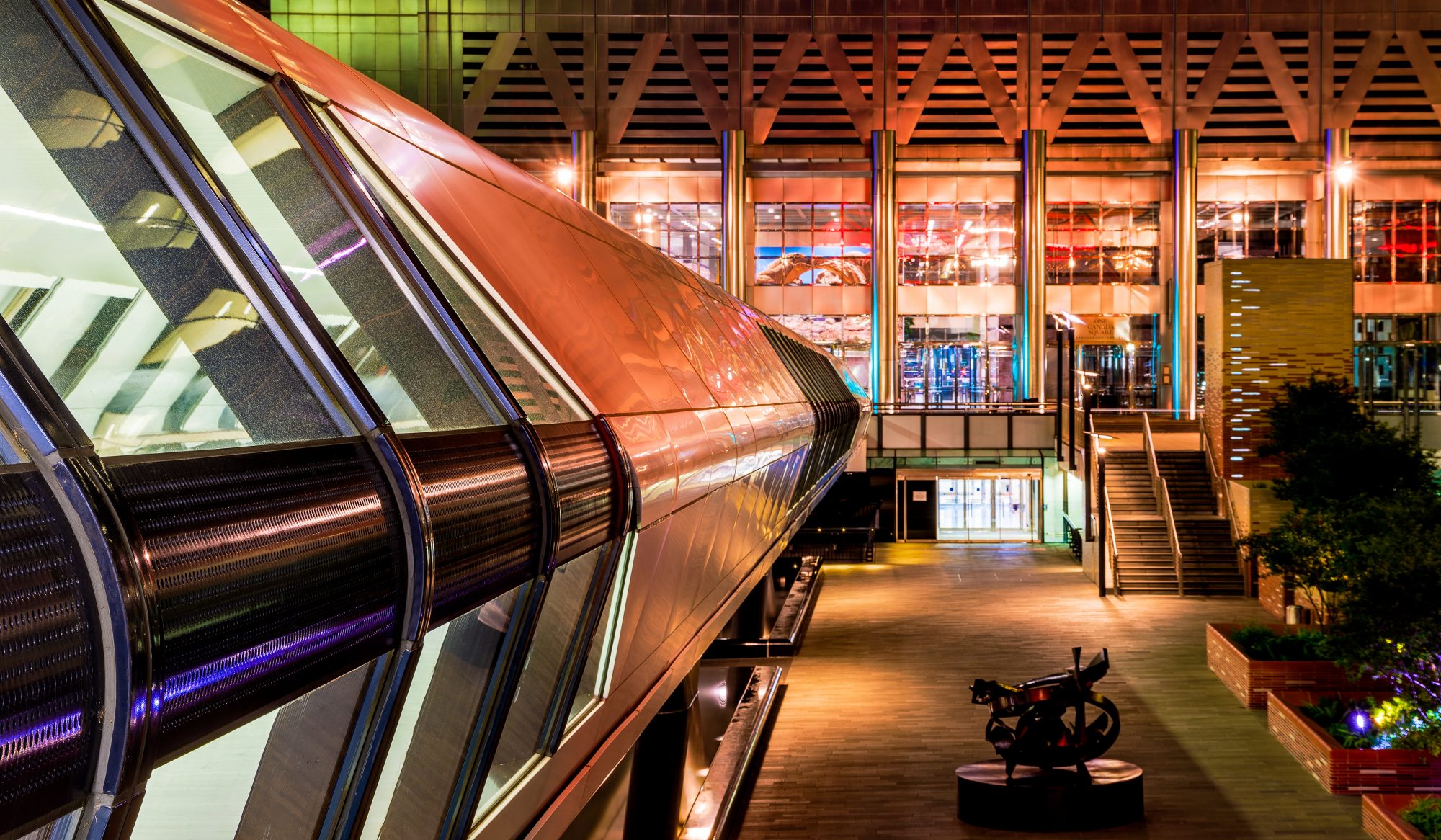It was 200 years ago that construction began on the Thames Tunnel, a pioneering engineering project that saw the first crossing dug beneath a navigable city river using patented technology
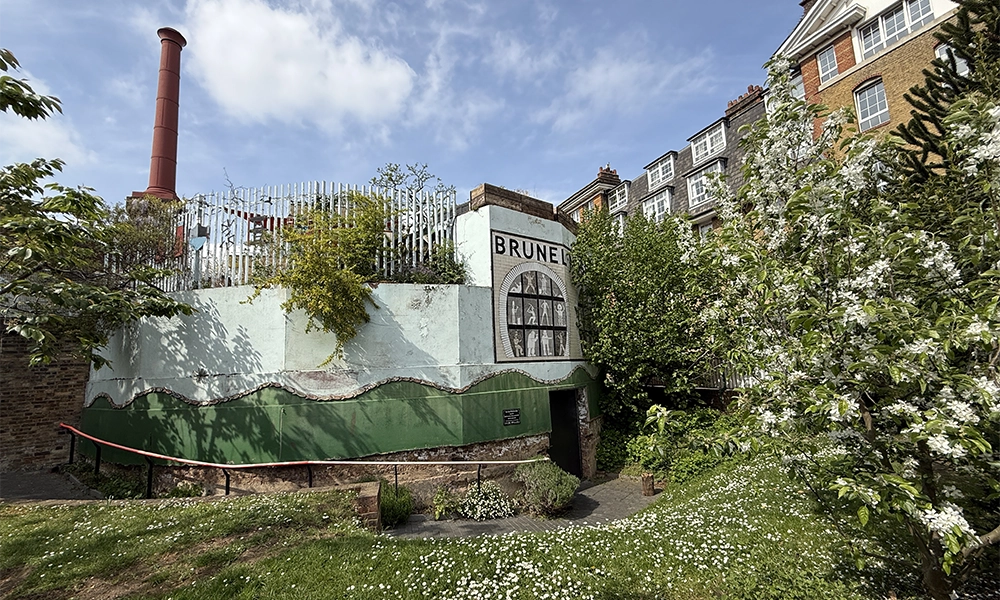
Subscribe to our free Wharf Whispers newsletter here
There’s always been a bit of pluck about The Brunel Museum in Rotherhithe – a trait that would doubtless have won it the approval of its main subject.
It might have been his grandson, Henry Marc, who worked up the detailed designs for Tower Bridge (see our latest article), it may have been his son, Isambard Kingdom, who achieved true engineering fame for his remarkable creations.
But it was Sir Marc Isambard Brunel – something of a gifted but fortunate chancer – who, along with Thomas Cochrane, came up with an iron tunnelling shield to protect workers from cave-ins while they hand-dug the world’s very first subterranean link beneath a navigable river.
Despite floods, delays and foul conditions, two centuries after construction began, the Thames Tunnel is still in use, carrying Windrush Line trains between Wapping and Rotherhithe.
Above it, telling its tales, lies The Brunel Museum.
Comprising the Brunel Engine House, what remains of the Thames Tunnel shaft and the garden on its roof, this self-funded institution offers visitors insights and info on the big name engineers, but increasingly goes beyond that remit to reveal the lives of the extraordinary folk whose sweat and toil actually built the link.
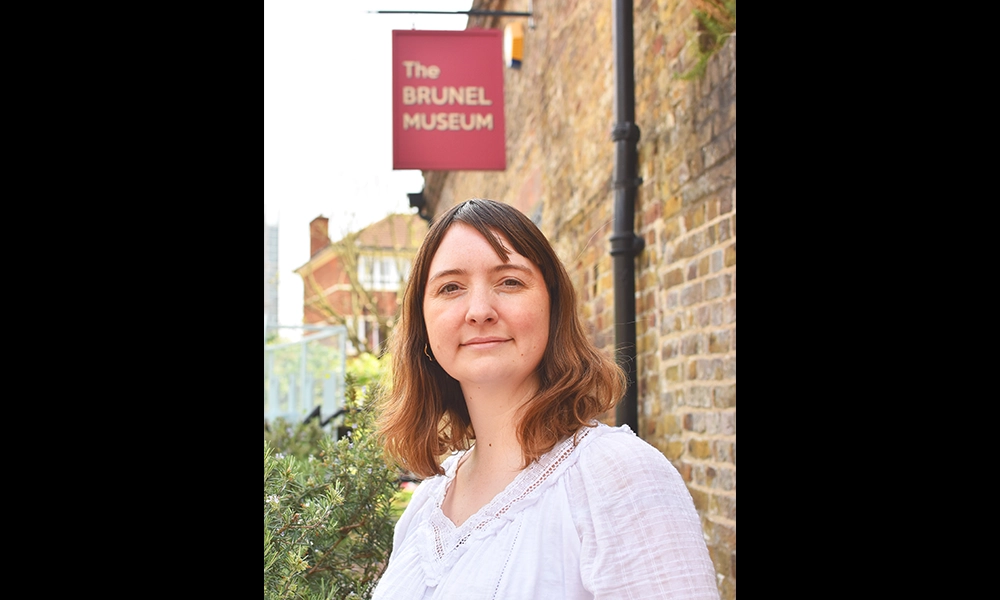
engineering learning at The Brunel Museum
Katherine McAlpine has been director of The Brunel Museum since 2021, having previously worked at the Natural History Museum, Royal Museums Greenwich and the Imperial War Museum.
“I really liked the idea of working somewhere I could combine my interest in the history of science with STEM learning – hosting activities with schools and families – so it was a really exciting opportunity,” she said.
“The Brunel Museum celebrates the achievements of Marc and Isambard Brunel, but I also wanted the chance to tell the broader stories of the people who actually dug the Thames Tunnel.
“The miners were working eight hours on, eight hours off.
“If they were on the bottom tier of the tunnel shield, they would be standing in water from the Thames – much more polluted than it is today, it was effectively an open sewer.
“There was no PPE, no hard hats – just communal, over-the-knee boots, sweaty, smelly, really horrible.
“We’ve done is research into what the workers wore and we’ve created a resource called Tunnellers Tales that contrasts their equipment with the world of modern construction.”
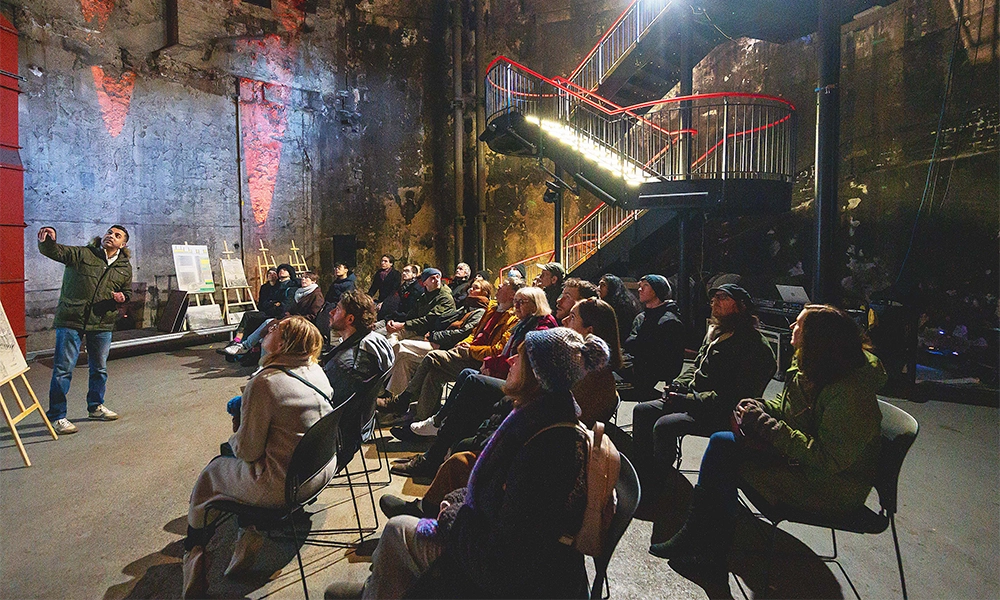
recycled time and again…
With plans to refurbish the museum – aimed at boosting its accessibility – still in the pipeline, the doors will remain open this year as it continues to celebrate the two-century milestone.
Katherine said: “One of the things we’ve done is to launch our Summer Of Sustainability Trail.
“We’re looking at the Thames Tunnel as a big recycling project because it was originally conceived as a route for cargo to travel under the river.
“Trains were still in their infancy at the time it was built so they would have used horses, but there were many setbacks in the construction of the tunnel – it was supposed to take three years but ended up taking 18.
“Horses and carts would have needed big ramps but, by the time it came to build them, the money had run out and the necessary land had been sold.
“Instead the Thames Tunnel became a pedestrian route and was then reinvented as a shopping arcade under the river before it became part of the London Underground network.
“The space was constantly recycled, becoming many different things in contrast to what it was originally built for.”
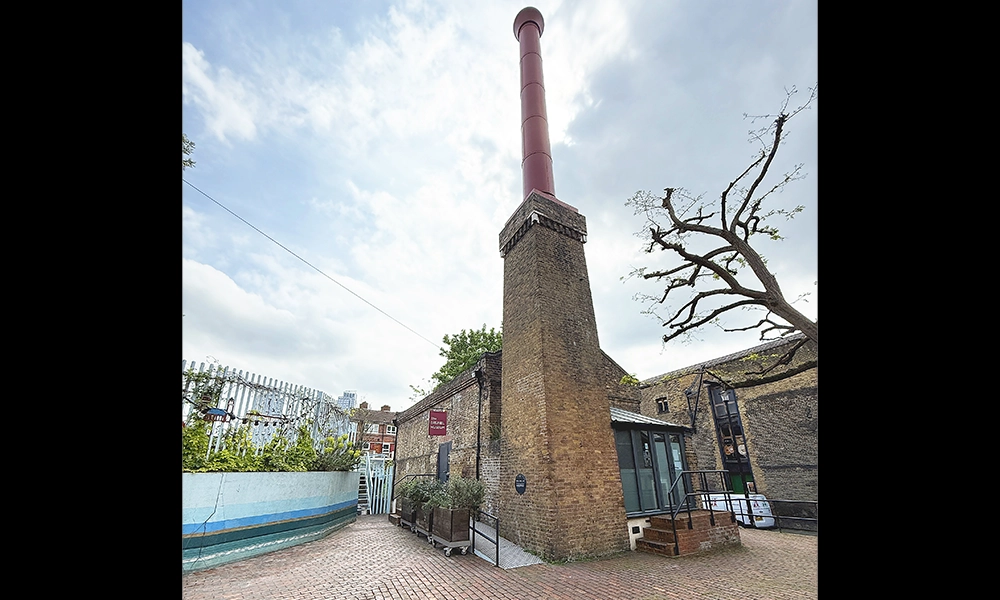
a revolutionary story
In July, 2025, visitors will also be able to dig deeper into a particular aspect of Marc Brunel’s life as well as the story of his wife, Sophia Kingdom.
“One of our favourite items in the collection are his shoe buckles, something he kept long after they were fashionable, but he absolutely loved them,” said Katherine.
“They’re going to be part of something we’re doing about the French Revolution and we’ll be looking at the factors that brought Marc to England in the first place.
“There’ll be a small display and an events season alongside that in the autumn.
“Marc was born in Rouen in northern France and, while serving in the French navy, met Sophia, a young English woman who was the governess for the children of some of his friends.
“Like all good love stories, war and revolution tore them apart. He was a royalist – hence the shoe buckles – so he fled to America after the French Revolution before coming to England.
“Meanwhile, Sophia doesn’t have such a good time of it. She’s imprisoned in a French convent as a spy but is eventually released and reunites with Marc in England.
“ The two get married, move to Portsmouth and have three children, including Isambard Kingdom Brunel.”
It’s a tale that also involves a Russian Tsar, debtors prison, a failed bootmaking business for the Napoleonic wars, a new way to make blocks to rig ships and a fair dose of self promotion – although not necessarily in that order.
What also echoes down the years is the sheer power of the Brunels’ engineering triumph.
While things have moved on a bit, modern tunnelling essentially uses the same strategy pioneered under the Thames.
“I’m constantly amazed by the number of engineers who come here, look at the models we’ve got and realise it’s the same principle that’s used today,” said Katherine.
“Now it’s one person and a huge boring machine, then it was 36 men in over-the-knee boots doing the digging, but the process is the same.
“As the shield moves forward, the tunnel is built behind it.”
key details: The Brunel Museum
The Brunel Museum is open four days a week from May 2025 and also offers monthly guided tours of the site for visitors on the second weekend of the month.
Standard entry costs £8.50 for adults while children cost £5.
Guided tours cost £12 for adults when booking online or £16.50 on the day.
Full details of forthcoming events and activities are made available on the museum’s website on a rolling basis when available.
Read more: Sauna Boat arrives on West India Quay, offering hot and cold therapy
